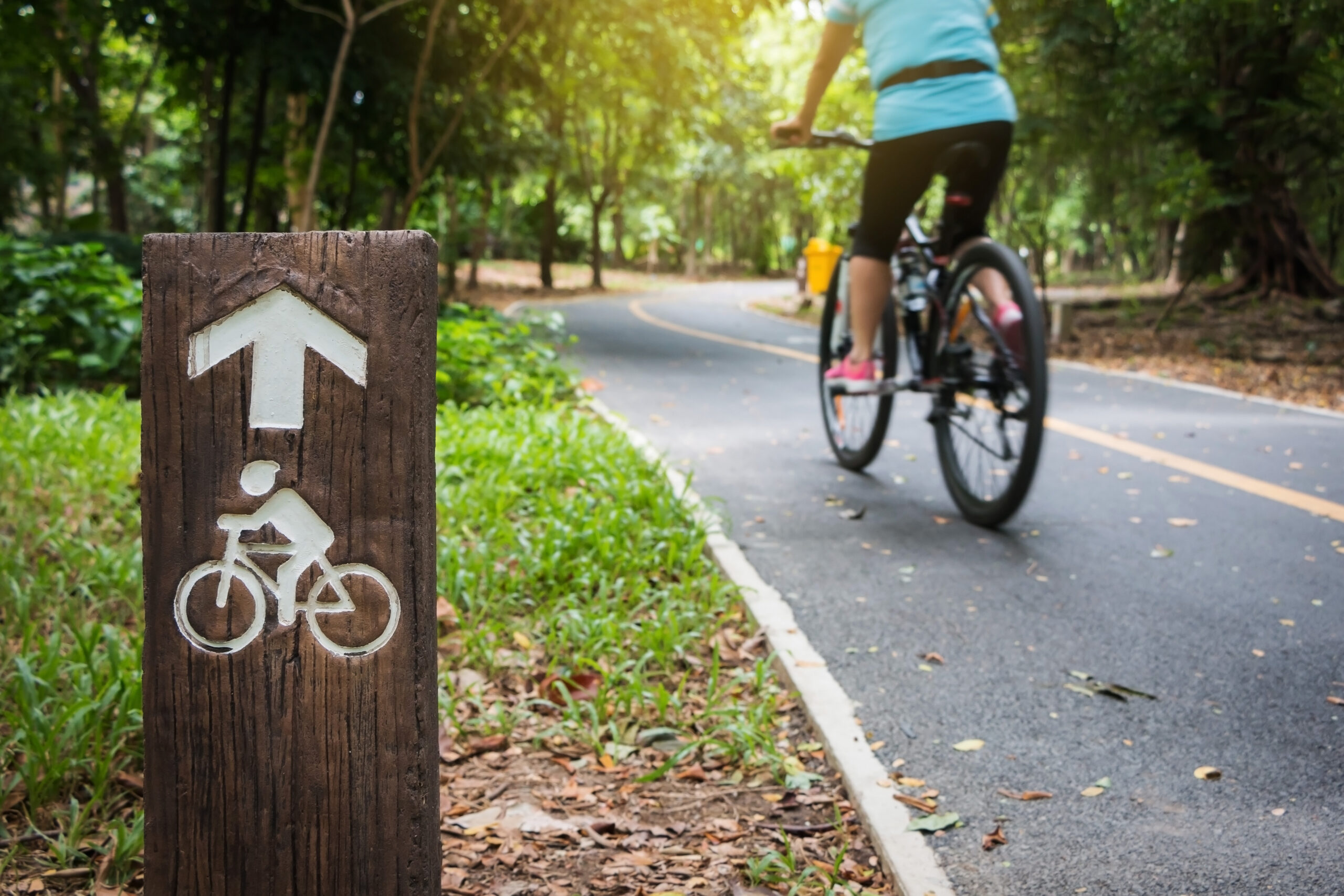Indy Pedestrian Safety Crisis wants Indianapolis drivers to be more aware of pedestrians and bikers on the roads. This clarion call comes after April resulted in the highest number of Indy pedestrian and bicyclist crashes in two years. IPSC reports 77 total crashes in April alone – five of those resulting in non-motorist fatalities. IPSC founder Eric Holt stresses that crash numbers will likely escalate further during the summer. Holt requests that the Indiana Department of Public Works prioritize restriping roads to have narrower lanes and adding sidewalk bump-outs so cars turn slower. He also believes that Indy needs to enforce traffic laws more strictly.
If these changes are so critical to saving Hoosier lives, why aren’t they happening? “[IDPW] isn’t spending a ton of money to do it…we’re constantly hearing that funding is problematic. . . . My response to that would be, ‘What are the costs of 107 human lives?’ Because that’s how many people we’ve lost since [IPSC] started tracking this data [in May 2022],” Holt asserts.
At the request of WISH-TV 8’s Danielle Zulkosky, the Indiana Department of Public Planning responds to IPSC’s concerns: “In 2024, Indy DPW is adding more than 17 miles of new trails to the City’s trail network as part of Mayor Joe Hogsett’s five-year, $1.1 billion capital construction program, which includes $50 million dedicated to trails as a result of the Circle City Forward initiative and a funding award from the Lilly Endowment. Additionally, utilizing the City’s Complete Streets Policy, Indy DPW is transforming roadways to accommodate all road users.”
IDPW also summarizes bike and pedestrian infrastructure programming for the 2024 construction season: “21 miles of new bike lanes, 84 new signalized intersections, 17 miles of new trails – including the 10.3 mile Nickle Plate Trail and the expansion of the Cultural Trail along South St. and Indiana Ave., 1,053 new crosswalks, 25.5 miles of sidewalk construction, and 2,232 new ADA ramps.”
Indiana certainly seems to be trying to increase pedestrian and biker wellbeing across the state. We’re seeing many new trail projects crop up. For example, an eastern trail, born from old railroad tracks, is being eyed for a segment of the proposed Great American Rail Trail, a conglomerate of walking and biking routes spanning across the country. The Biden administration recently opened applications for a grant program to connect existing American trails instead of purchasing new ones. Despite the $1 billion estimate needed to complete the plan’s lofty ambitions, Congress has only allotted approximately $45 million so far. This means the grant application process will be highly competitive. However, Indiana is already known for its Cardinal Greenway Trail, a 62-mile-long railway trail with its management operating out of a former train depot, so the state maintains a good chance of garnering the necessary funds.
A new walkway is being constructed between downtown South Bend and the University of Notre Dame. While the primary purpose is to increase pedestrian access to Notre Dame, the trail will also provide connectivity between LaSalle Avenue all the way to Angela Boulevard. Visit South Bend and Mishawaka Executive Director Jeff Jarnecke mentions that the city intends to further utilize the pathway for art installations and other public works projects. Construction will begin in May 2024.
Governor Eric Holcomb (R) joins the Indiana Department of Natural Resources in supporting the opening of the newly finished C&O Trail – the 100th mile of trail built under Gov. Holcomb’s Next Level Trails program. Lake County Parks and Recreation Department and Merrillville, IN collaborated to build the 2.82 mile trail, with LCPR responsible for 1.47 miles and Merrillville responsible for 1.35 miles. The endeavor cost over $2.5 million in grants.
Fort Wayne’s seasonal trail events, Trek the Trails and Tread the Trails, are in full swing as of April 30. Trek The Trails aims to attract bicyclists and is held on Tuesdays. Tread the Trails is designed for walkers, runners, and even wheelchair users, and is held on Thursdays. Both events are held in different Fort Wayne parks weekly until the end of September.
Located in Hebron, a 1.4 mile trail seeks to honor military veterans, made possible by a Next Level Trails grant. The Veterans Memorial Trail will eventually link the in-construction Middle East War Memorial, the Vietnam War Memorial, and the also in-construction World War I, World War II, and Holocaust Memorial. Like the repurposed railroad trail discussed earlier, this stretch of land will be a part of the Great American Rail Trail, which aims to extend from “Washington, D.C., to Washington state,” according to Veterans Memorial Parkway Commission President Mitch Barloga. Porter County and Lake County are also assisting with the trail’s development.
Conner Prairie opens its new trail system, “Trails at Conner Prairie.” The system is made up of two separate trails: the Prairie Trail, a two-mile paved pathway, and the R.B. Annis Vista Trail, a more naturalistic two-mile trail. Fully integrated with the Conner Prairie experience, the system will offer guided and independent nature explorations and Forest Therapy, a walking event designed to get attendees “fully immersed in nature.” Construction is funded by the Prairie Pathways Campaign.
During the imminent interim committee meetings and the coming-sooner-than-you-think budget session, it will be interesting to see how much of the discussion, if any, revolves around road safety for pedestrians and bikers. Almost every insider we’ve spoken with agrees road safety is a major problem, particularly in Indianapolis, but also agrees that it is hard to find solutions that aren’t politically unpopular, extremely expensive, or unlikely to actually stop reckless motorists. For example, despite 2020’s bill outlawing cellphone usage while driving unless the usage is hands-free and a subsequent increase in fines, citations, and points for infractions, how many people do you know that freely use cell phones while driving in a car? Strict traffic law enforcement isn’t always feasible . . . we’ll keep an eye on whether upcoming discussions result in any new ideas.

